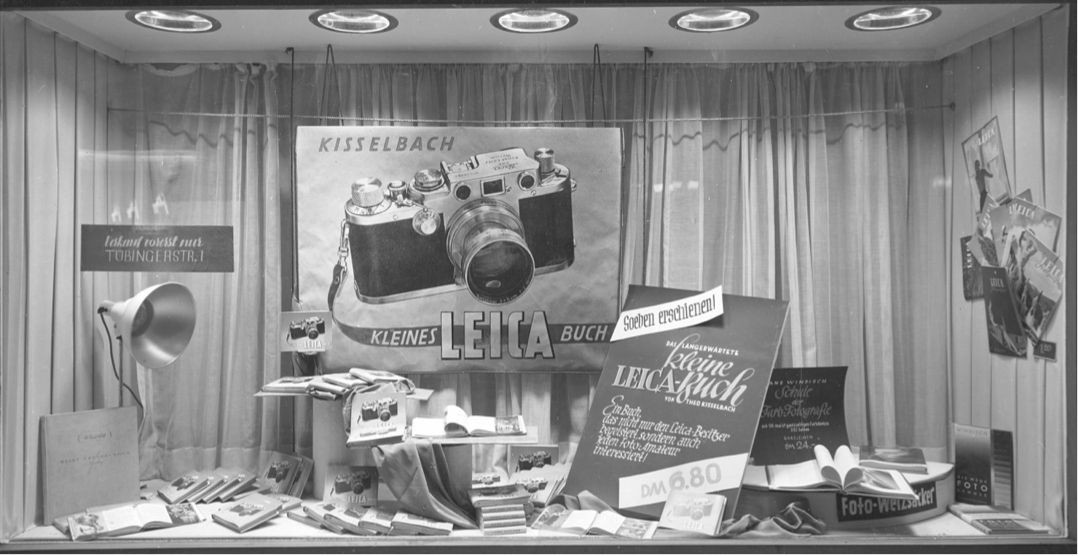Hans-Günter Kisselbach - Barnack’s First Leica: The Second Life of a Forgotten Historic Camera
Here you can read online Hans-Günter Kisselbach - Barnack’s First Leica: The Second Life of a Forgotten Historic Camera full text of the book (entire story) in english for free. Download pdf and epub, get meaning, cover and reviews about this ebook. year: 2017, publisher: Hans-Günter Kisselbach, genre: Non-fiction. Description of the work, (preface) as well as reviews are available. Best literature library LitArk.com created for fans of good reading and offers a wide selection of genres:
Romance novel
Science fiction
Adventure
Detective
Science
History
Home and family
Prose
Art
Politics
Computer
Non-fiction
Religion
Business
Children
Humor
Choose a favorite category and find really read worthwhile books. Enjoy immersion in the world of imagination, feel the emotions of the characters or learn something new for yourself, make an fascinating discovery.
- Book:Barnack’s First Leica: The Second Life of a Forgotten Historic Camera
- Author:
- Publisher:Hans-Günter Kisselbach
- Genre:
- Year:2017
- Rating:4 / 5
- Favourites:Add to favourites
- Your mark:
Barnack’s First Leica: The Second Life of a Forgotten Historic Camera: summary, description and annotation
We offer to read an annotation, description, summary or preface (depends on what the author of the book "Barnack’s First Leica: The Second Life of a Forgotten Historic Camera" wrote himself). If you haven't found the necessary information about the book — write in the comments, we will try to find it.
Much is known about the Leica and its history and numerous publications have appeared over the years. It thus
seems incredible that a camera handmade by its inventor Oskar Barnack in the early 1920s the first Leica
could re-emerge after having fallen into oblivion. This test camera finally evolved into the Leica over the course of
various enhancements, leading to a very impressive success story.
Encounters with landmark events in the history of technology
the first microscope, the first calculating machine, the first
explosion-proof miners lamp, the first steam engine, the first
train, the first telegraph, the first car, the first light bulb, the first
radio, to name just a few randomly selected inventions are
always ambivalent. The fascination of the first step competes
with misgivings regarding the teething troubles of the prototypes,
which are only cured by subsequent improvements.
When Dr. Gnter Kisselbach found a relatively unknown Leica
prototype, Barnacks handmade prototype in his fathers
Leica collection, the history of development of the 35mm camera
from Wetzlar had long been written. Fortunately, the wealth
of established knowledge did not deter the photography enthusiast
from finding out himself that substantial blind spots still
existed in the source area of the Leica history. His fascinating
report of his experience with the camera proves conclusively
what this early personal model belonging to its inventor Oskar Barnack was
capable of achieving. However, this only became
apparent when the handmade prototype was subjected to
practical testing and had to demonstrate the requirements it
was equipped to meet and the points where it reached its limits,
which it was only able to overcome in the course of further
development.
This book provides answers to intriguing questions:
what happened to Oskar Barnacks forgotten test camera?
what technical secrets does this camera hold?
can it still be used to take photos?
what is its position in the Leica lineage?
Hans-Günter Kisselbach: author's other books
Who wrote Barnack’s First Leica: The Second Life of a Forgotten Historic Camera? Find out the surname, the name of the author of the book and a list of all author's works by series.

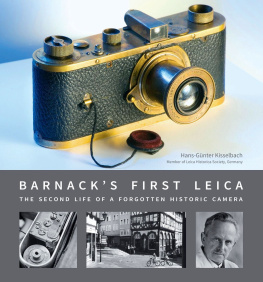










 Photo taken by Ulf Richter
Photo taken by Ulf Richter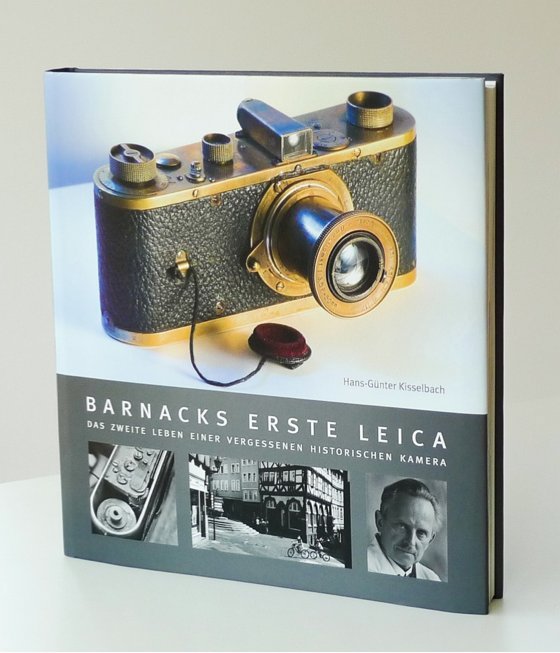
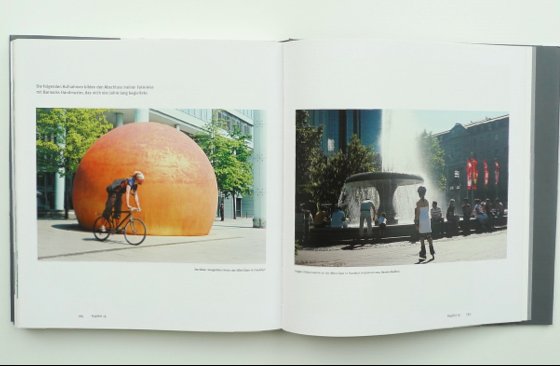
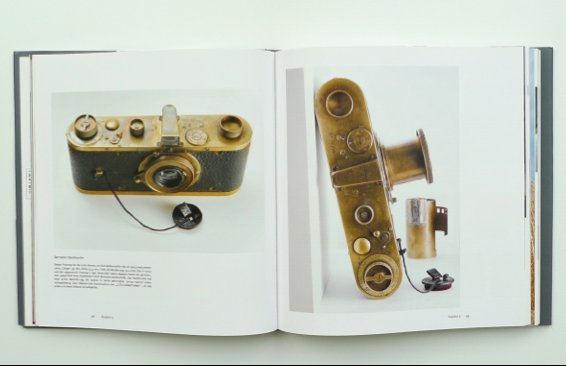
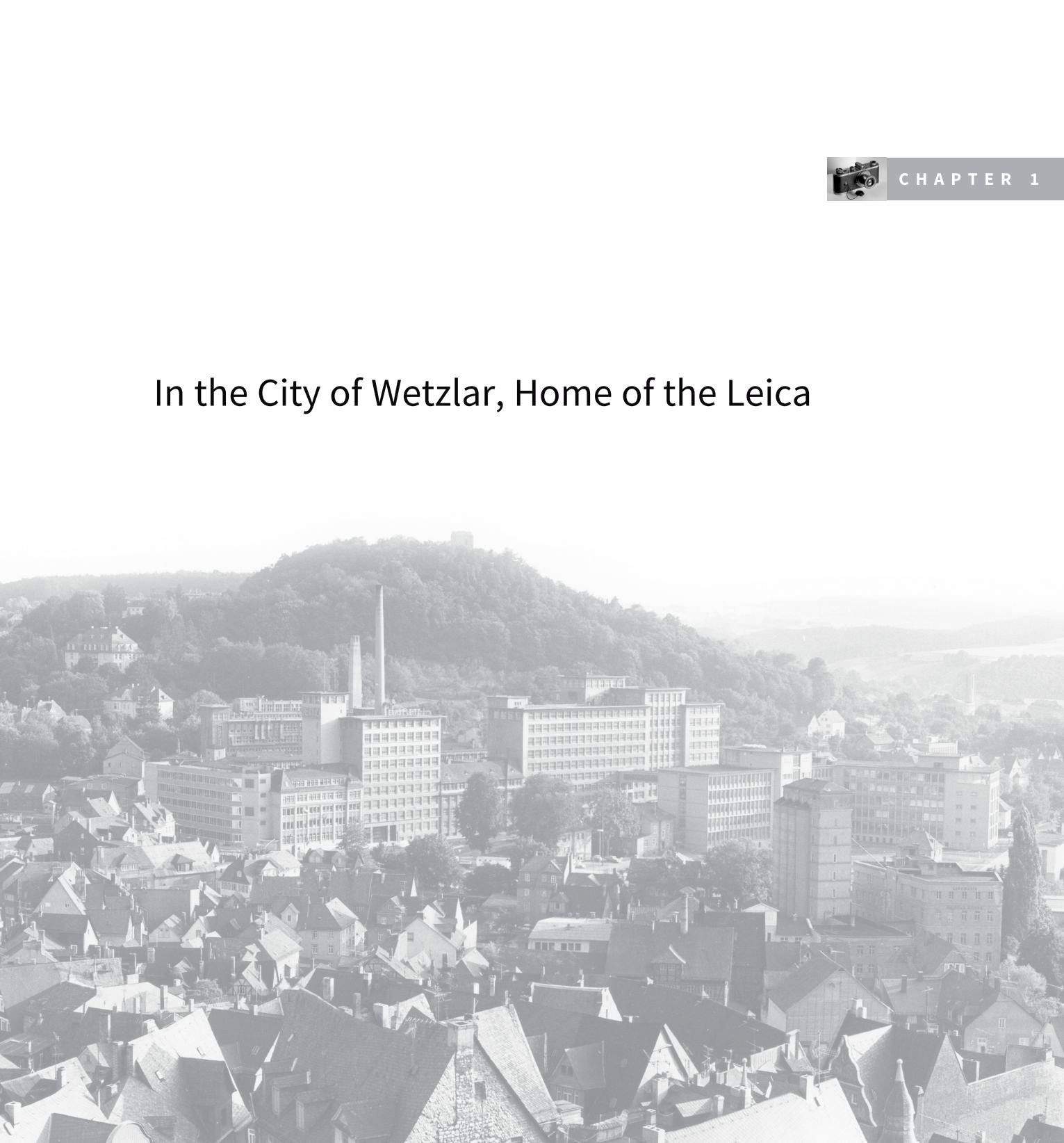
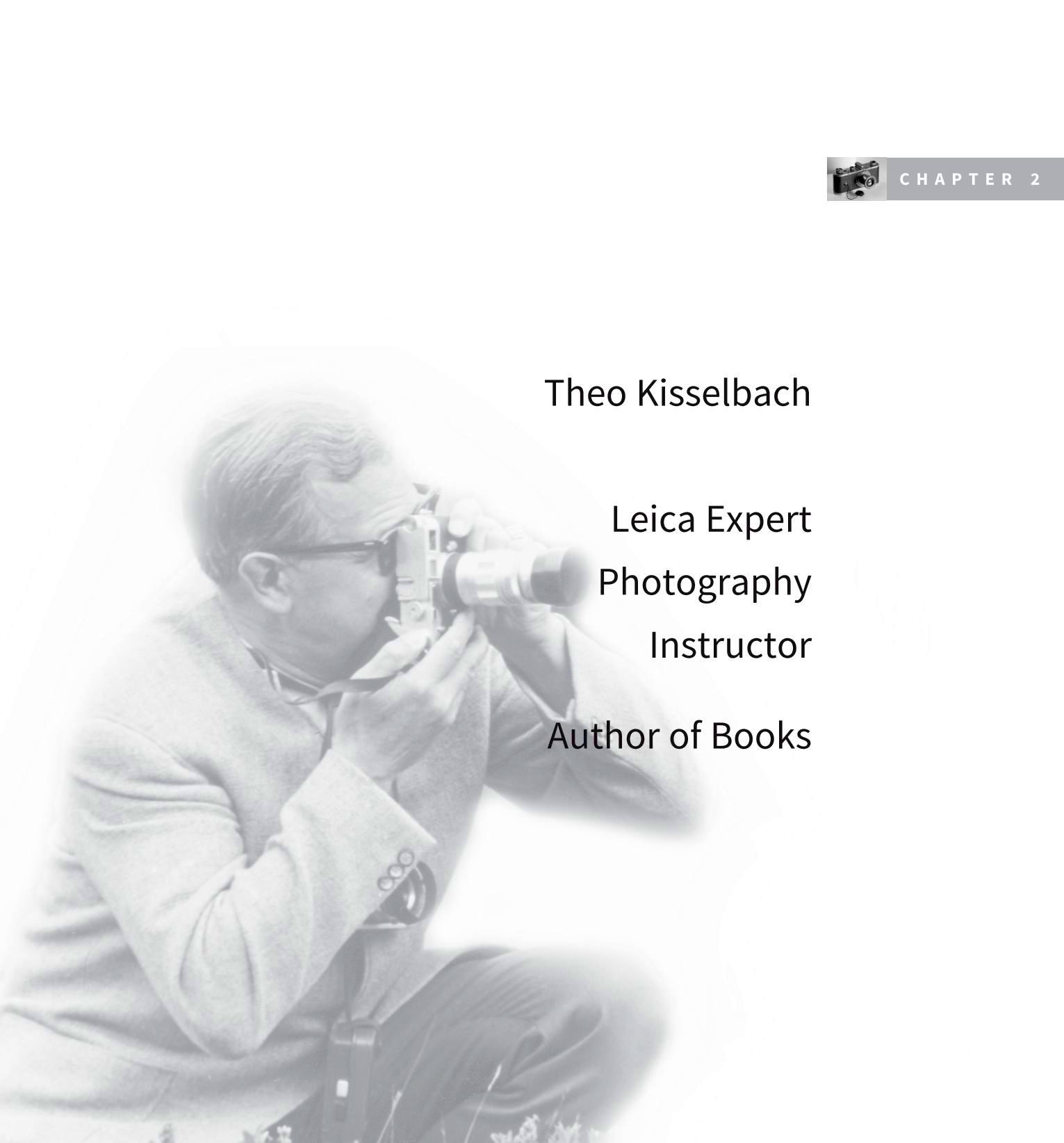
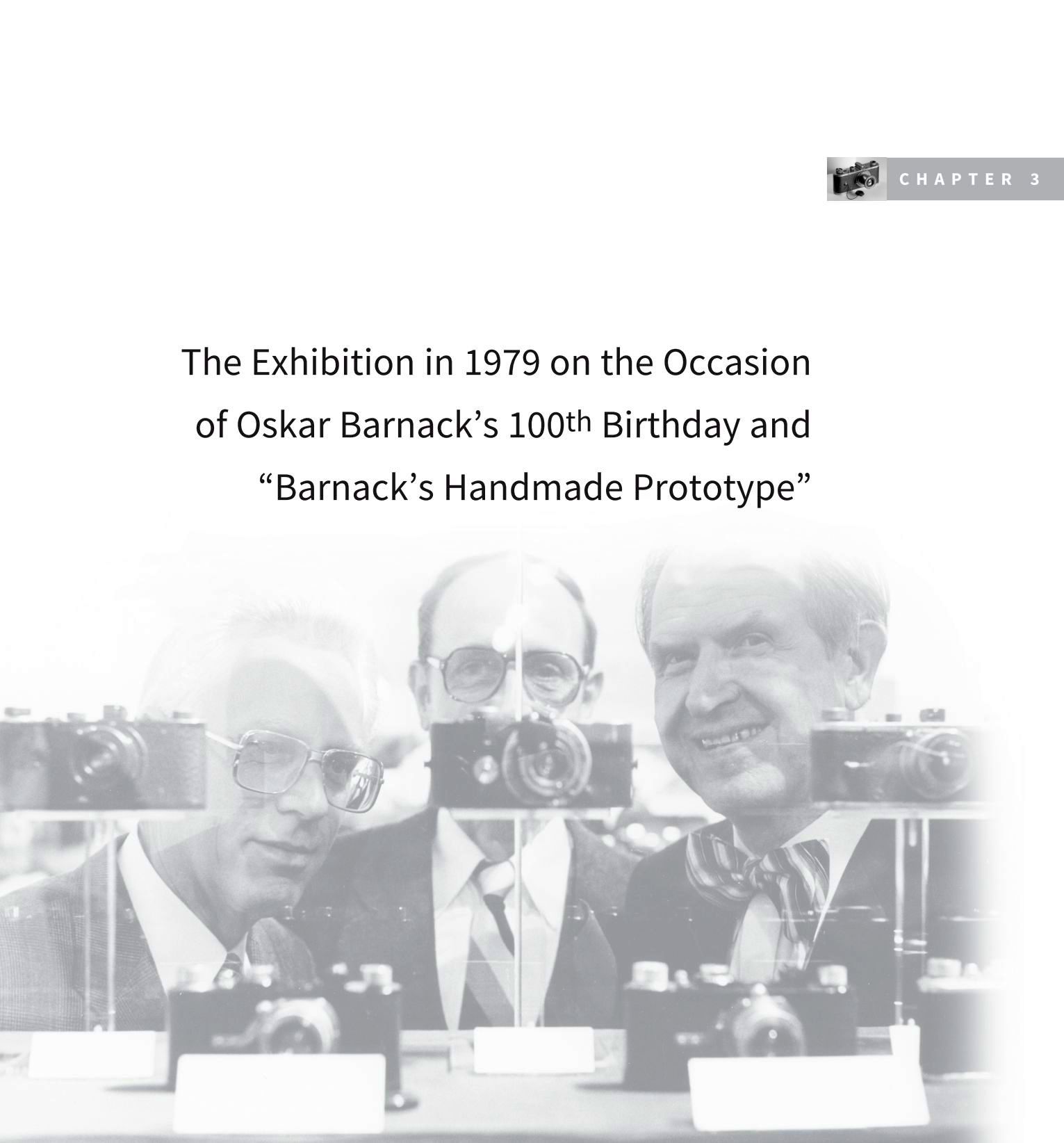
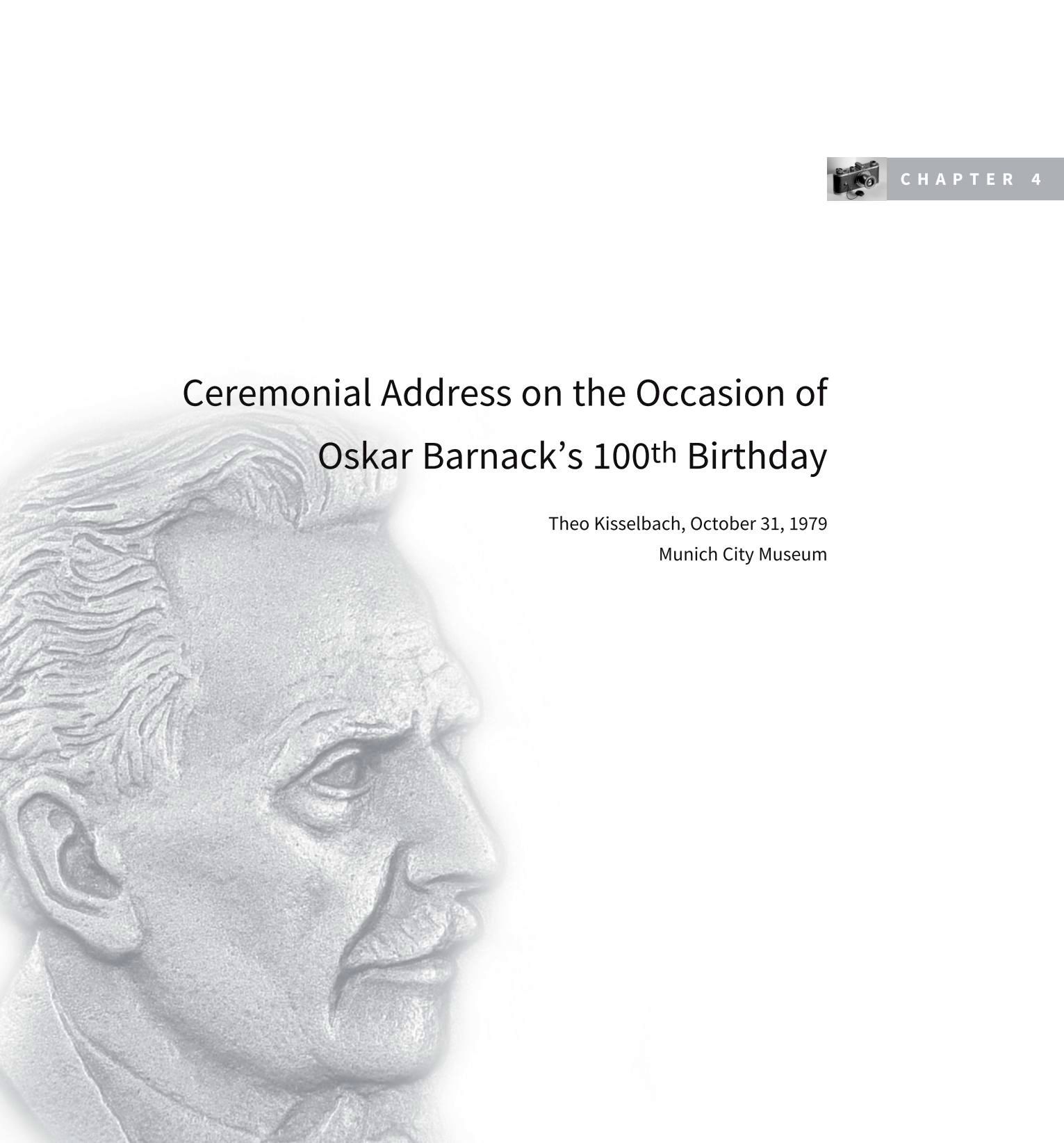

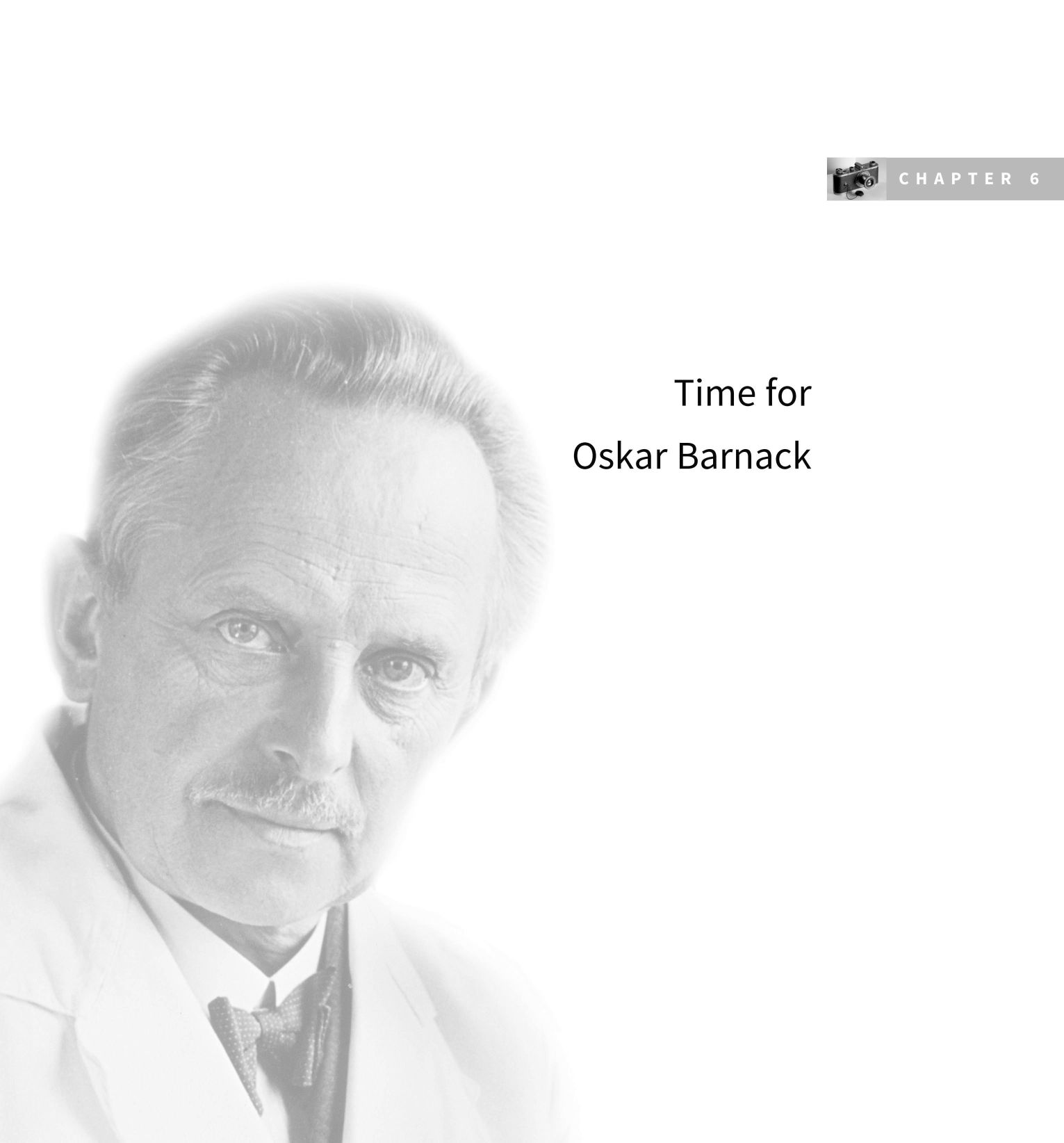
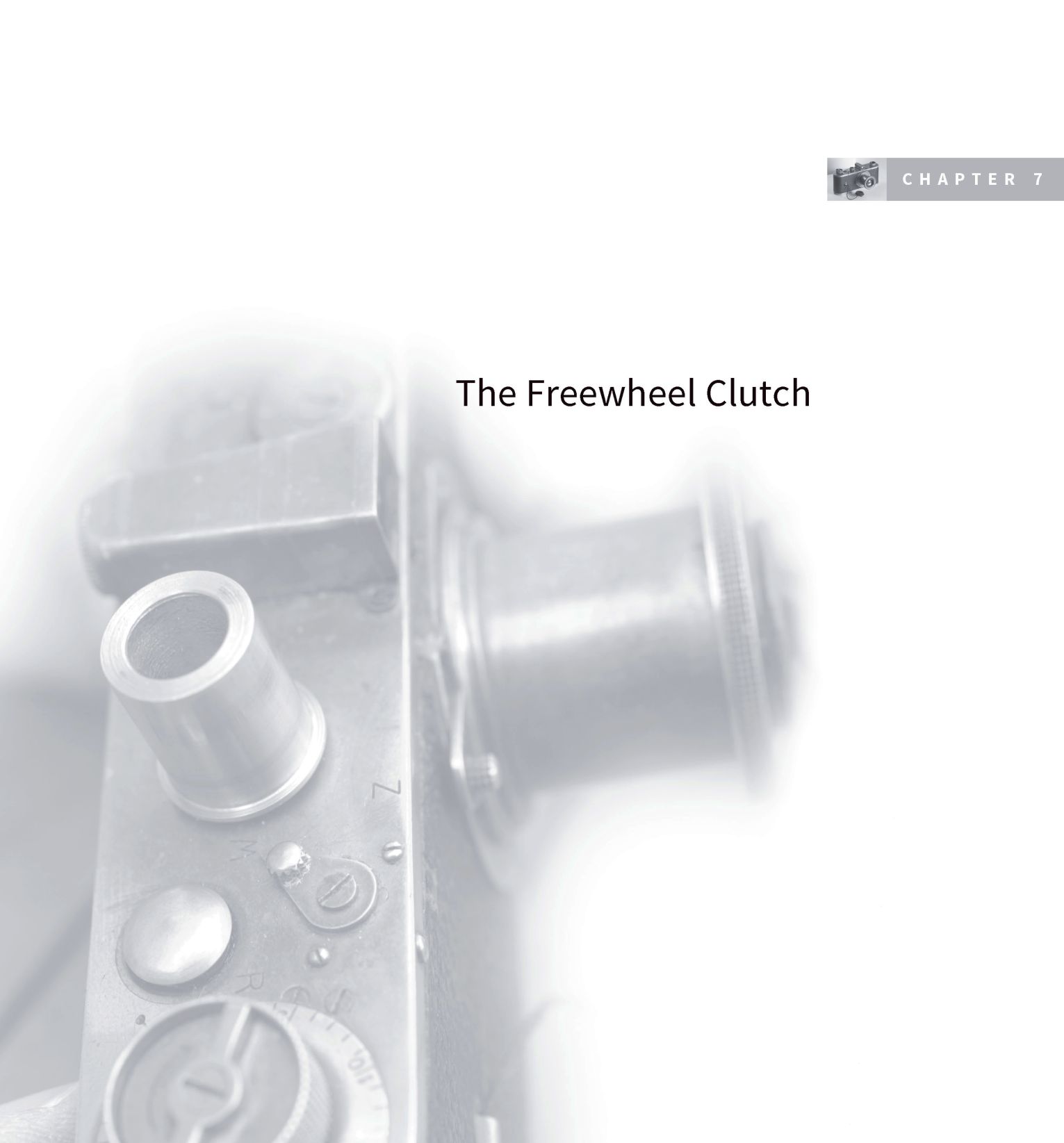

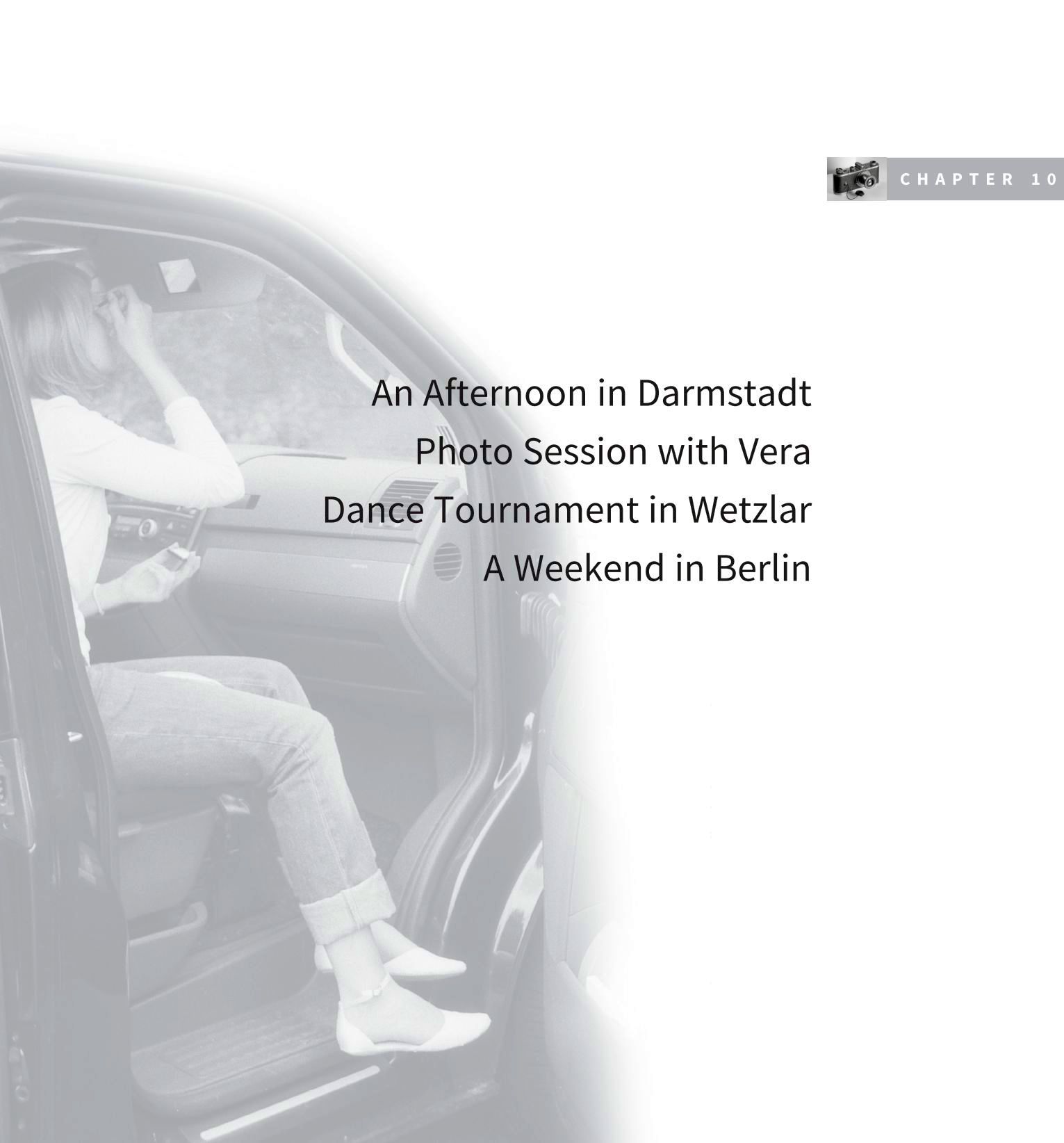

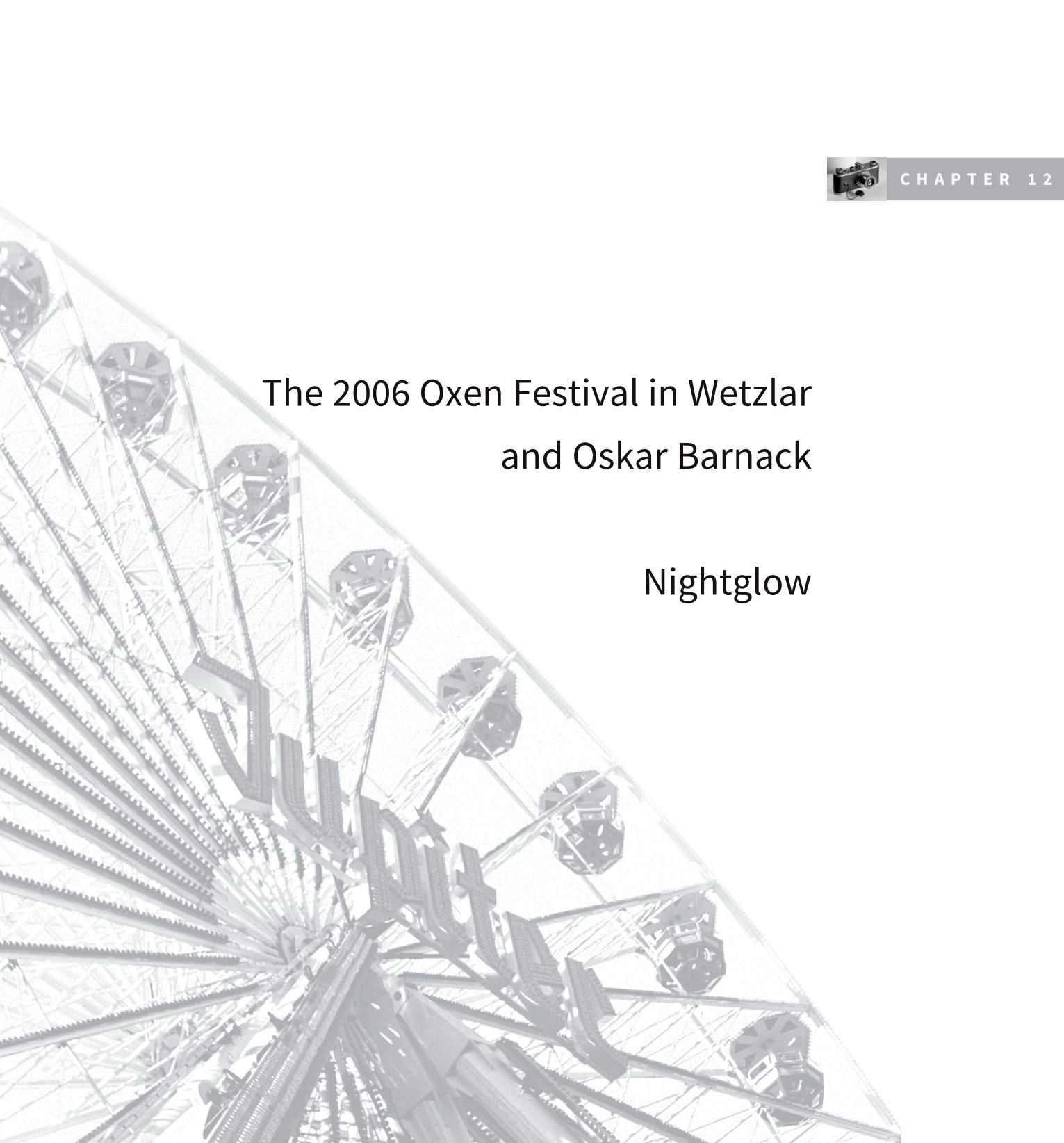
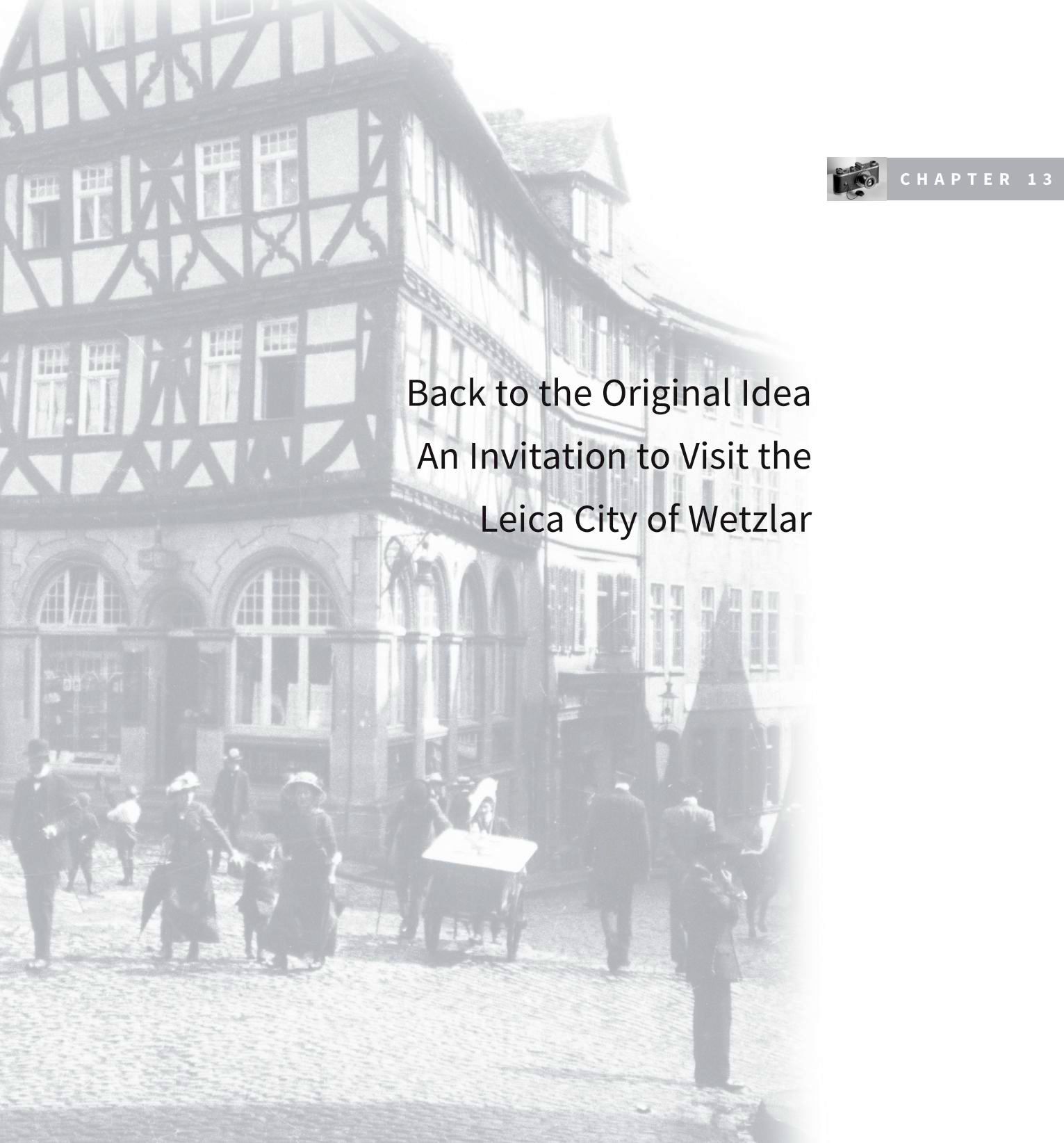

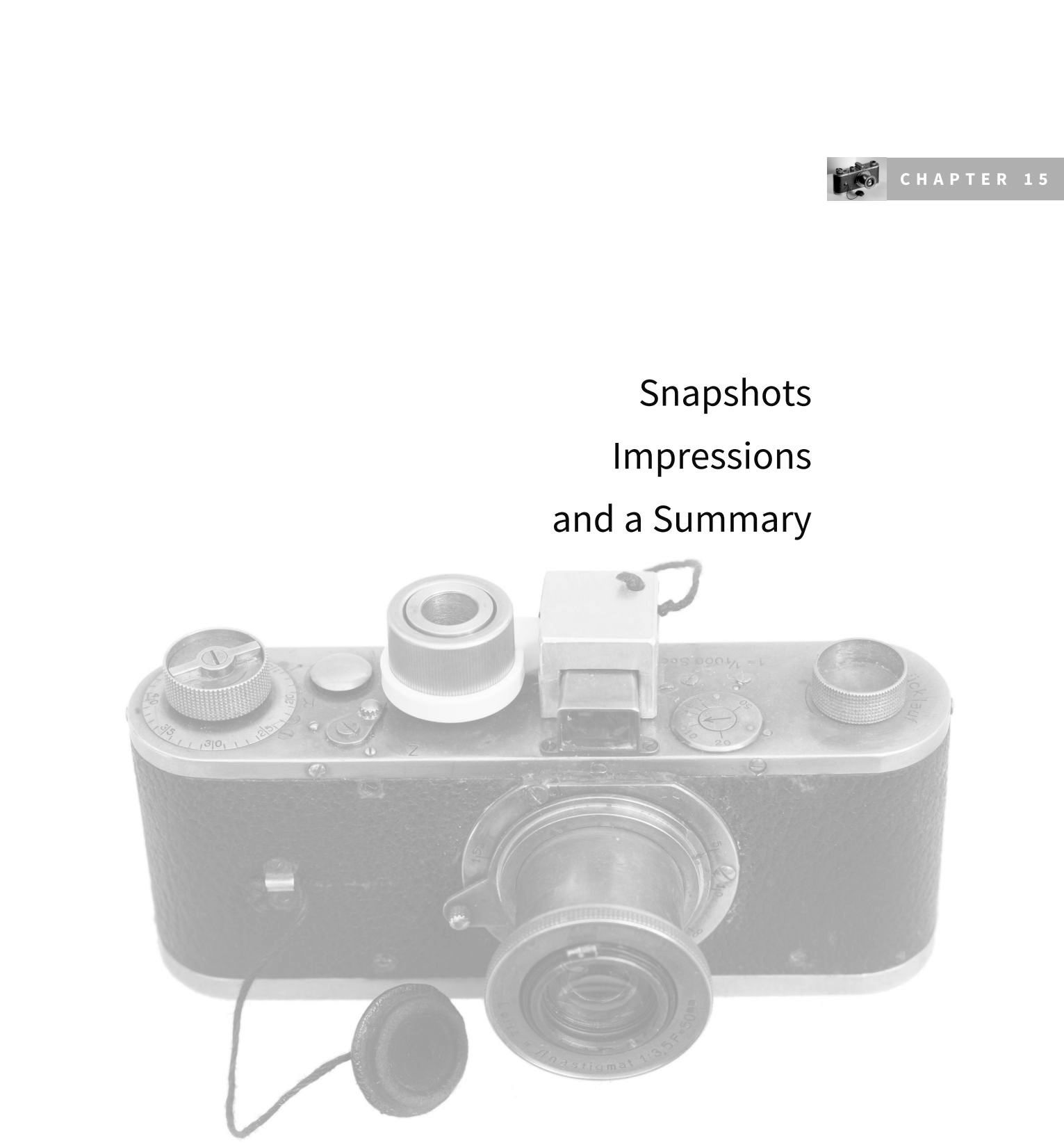
 When Oskar Barnacks Leica camera was first presented to the international public at the LeipzigSpring Trade Fair in 1925, nobody could haveforeseen that this little camera was about to cause a revolutionin photography. In the meantime, the Leica camera has been manufactured for 92 years and its success story continues up to thepresent day with the digital Leica M10. An entire region has benefitted from the invention and the Leica has provided work for several generations.
When Oskar Barnacks Leica camera was first presented to the international public at the LeipzigSpring Trade Fair in 1925, nobody could haveforeseen that this little camera was about to cause a revolutionin photography. In the meantime, the Leica camera has been manufactured for 92 years and its success story continues up to thepresent day with the digital Leica M10. An entire region has benefitted from the invention and the Leica has provided work for several generations.